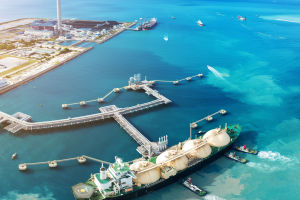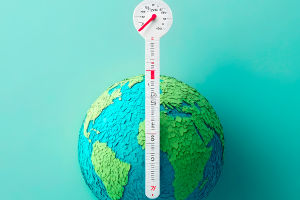Wind turbines are an essential renewable energy technology that has been widely adopted around the world.
With the increasing demand for environmental protection and the reduction of greenhouse gas emissions, wind energy has become an integral part of the energy strategies of many countries.
The basic principle of wind turbines is to convert the kinetic energy of the wind into electrical energy. This process relies on the rotation of large turbine blades to drive the generator. The intensity and direction of the wind are the main factors influencing the efficiency of power generation, so site selection and design play a crucial role in wind power generation.
Modern wind turbines typically consist of several key components, including blades, a generator, a tower, and a control system. The shape and size of the blades directly affect the turbine's efficiency, and they need to be adjusted according to different wind speeds and environmental conditions. The generator converts mechanical energy into electrical energy, and the control system regulates its operation to ensure that the turbine operates efficiently under different wind speeds.
In the application of wind power, wind farms are the most common form. A wind farm typically consists of multiple wind turbines, which are connected to the grid to supply electricity to cities or industrial areas. These farms can be located on land or offshore, with the latter known as offshore wind power.
Offshore wind power is one of the fastest-growing sectors due to its more stable and stronger winds. Offshore wind power also offers high spatial efficiency, as areas of the sea that are uninhabited can serve as ideal locations for wind power generation.
The environmental advantages of wind power generation are evident. It not only reduces dependence on fossil fuels but also significantly lowers carbon dioxide emissions. However, wind turbines also face some challenges. First, the instability of wind speed leads to intermittent electricity production.
While energy storage technology can address this issue, efficient storage solutions are still in development. Secondly, the noise from wind turbines and their impact on bird populations are widely discussed environmental concerns. Some new designs have made progress in minimizing these negative effects.
In addition, the production and maintenance costs of wind turbines are also factors that limit their widespread adoption. Although the initial investment is relatively high, as technology advances and economies of scale are realized, the cost of wind power generation has gradually decreased.
Many countries have achieved significant results in large-scale wind power projects, proving the economic feasibility of wind turbines. In some developed countries, the cost of wind power is now close to or even lower than traditional fossil fuel power generation, giving it greater market potential.
As the global energy transition deepens, wind power generation has a very promising future. Many countries have set ambitious targets to significantly increase the share of renewable energy in the coming decades. To achieve these goals, technological innovations in wind turbines will be crucial.
Wind turbines, as a key component of renewable energy, are playing an increasingly important role in the global energy structure.
With continuous technological improvements and policy support, wind power generation is expected to become a cornerstone of the global energy transition, driving the realization of sustainability and environmental protection goals!


